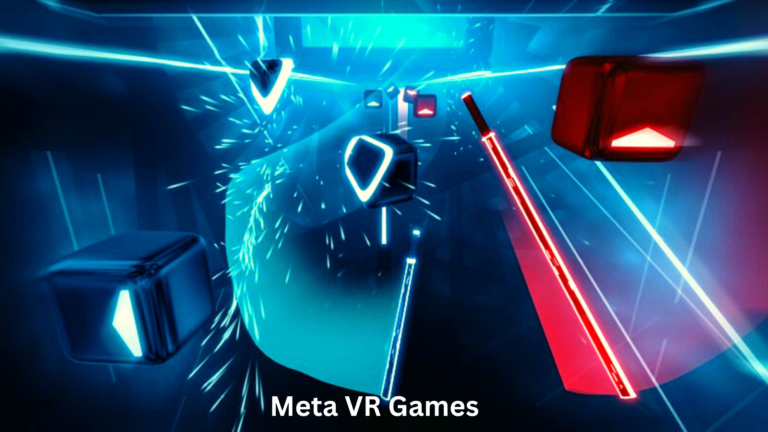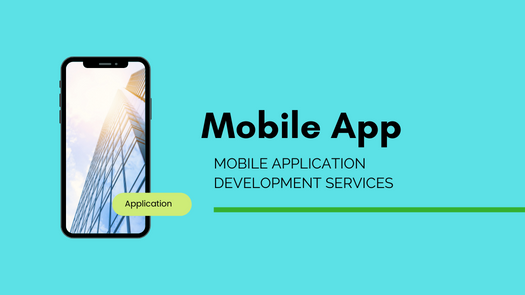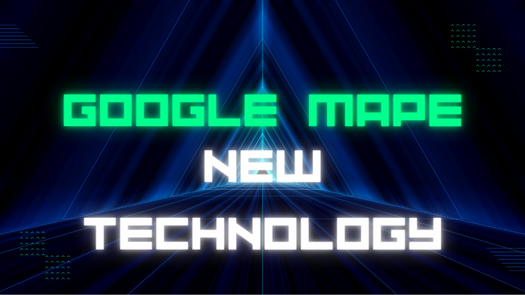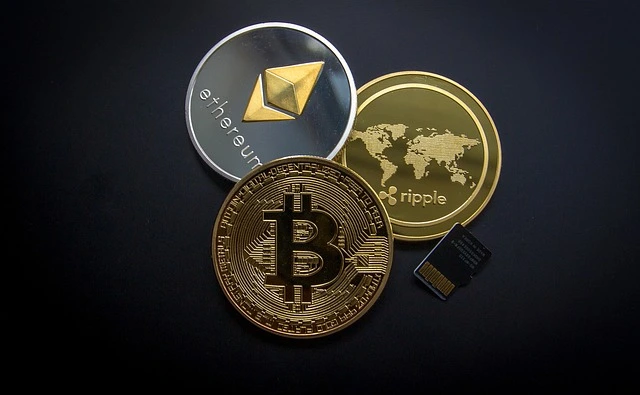What Is WEB3? What All You Need to Know About WEB3 Technology?
Web 3 or Web 3.0 could be disruptive and bring about a significant paradigm shift, similar to what Web 2.0 did. Web 3 is formed due to the fundamental concepts of decentralization, greater user-friendliness, and openness. Web3 technology plays the next stage in the evolution and growth of Internet technology.
Web 3 precisely translates and can comprehend the text you type or voice media. It also recognizes the words you order. In the article, we’ve described what web3 is and the things you should be aware of about web3, as well as the features of web3. Learn as more all you can about web3 technology.
What Is Web 3.0 Technology?
Web 3.0, or Web 3, is the third generation of the World Wide Web built on blockchain developments and technologies from the Semantic Web. Web 3 is meant to be decentralized and open to all users, which defines Web 3 as a system connected to data in a meaningful way.
A variety of characteristics distinguishes Web3.
Decentralization: In Web 2.0, computers search for information stored in a permanent location, usually on one server, using HTTP as an address on the internet. Data can be stored in multiple places and dispersed through Web 3.0 because the content, not one site, would find it. This could give people greater power and control by eliminating the vast databases that the internet giants such as Meta and Google are currently maintaining.
With the aid of the web, three users can sell their data using uncentralized data networks while ensuring they have control over their ownership. The data will be created through various powerful computing tools, including desktop computers, mobile phones and appliances, cars and sensors.
Key Features of Web3 Technology
Open-source software and Decentralization Web 3.0 will also be completely trustless (i.e. users will be able to communicate directly without having to go through an intermediary that is trusted) and will be permission less (each person can access the network without the approval of any authority). It means Web 3.0 applications, also called dApps, will be run on blockchains, decentralized peer-to-peer networks, or a mix of both. DApps are applications that run on decentralized networks.
Artificial Intelligence (AI) or machine learning Web 3.0 will enable machines to understand the information like humans use Semantic Web and natural language processing technologies. Machine learning, a subset of artificial intelligence (AI) akin to human knowledge using algorithms and data to increase its precision over time and efficiency, will also be utilized as a part of Web 3.0. Instead of merely targeted advertising, which is currently the basis of most efforts, this technology will yield better and faster results in many areas, including medical advances and new materials.
Accessibility and connectivity The Web 3.0 information and content are now more easily accessible across apps and a growing number of internet-connected devices that are commonplace.
How Does Web 3 Work?
Your information is stored in web3 in your cryptocurrency notebook. Web3 lets you be interacting with apps and communities through your wallet. And when you exit, the data you saved will remain with your exit. Since you are the owner of the data, you have the option of deciding whether you want to make money from it.
Once we’ve established our core guidelines, let’s consider how specific web3 development features can be used to help us achieve these goals.
WEB3 Technology about Data Ownership:
If you use platforms such as Facebook or YouTube, the companies will keep, store, and use your data to recoup. Your data is stored in web3 in your cryptocurrency wallet. In web3, you’ll be able to interact with applications and communities through your wallet. Lastly, the saved data will remain with your exit after you log off. Since you are the data owner, you can decide whether you want to make money from it.
WEB3 Technology about Pseudonymity:
Privacy, along with data ownership, is an attribute your wallet offers. Your wallet on web3 acts as your identity, and connecting it to your identity takes work. Therefore, even if someone does observe your transactions on your wallet, they’ll not be able to recognize your purse.
Web 3 has services that help customers connect to crypto wallets used to carry out illegal transactions.
While wallets can improve the level of privacy offered by bitcoin transactions, Privacy coins like Zcash and Monero guarantee total privacy. Watchers can monitor the transactions made on blockchains using privacy coins but cannot see the wallets involved.
Web3 will incorporate autonomous decentralized entities that will manage applications (DAOs). Ultimately, the decisions are no longer taken by a central authority. Instead, they are made by the users who control governance tokens that can be acquired through participation in the maintenance of these decentralized applications or the purchase of these tokens.
Conclusion
This removes the need for trust and provides a secure way to protect users’ privacy, allowing them to make transactions on the blockchain without being identified This shift in power dynamics is revolutionary and has the potential to democratize access to resources, while also offering greater autonomy to users of the blockchain






3 Comments